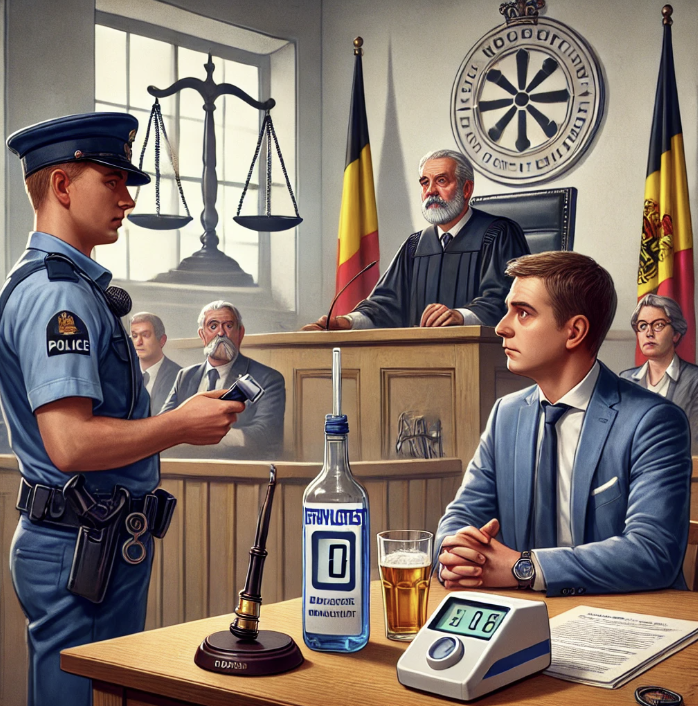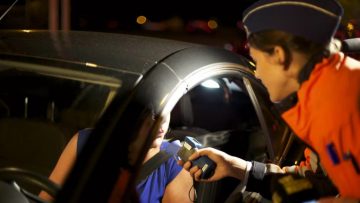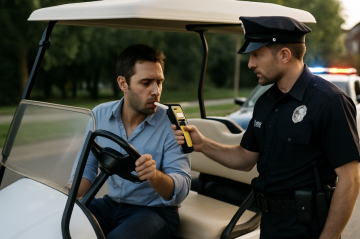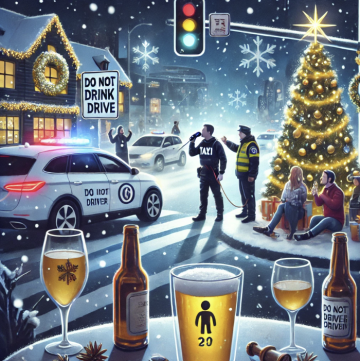The Difference Between State of Intoxication and Alcohol at the Wheel in Belgian Police Courts
In Belgium, driving under the influence of alcohol is one of the most common offenses on the roads, and the judicial authorities take this issue very seriously. However, although alcohol at the wheel is often discussed in legal cases, there is a fundamental difference between state of intoxication and alcohol at the wheel. These two concepts are sometimes confused, but they do not have the same legal foundation nor the same consequences before Belgian police courts.
1. Definition of Alcohol at the Wheel
Alcohol at the wheel refers to the concentration of alcohol in a driver’s blood that exceeds the legal limit. In Belgium, this limit is set at 0.5 g/l for experienced drivers and 0.2 g/l for novice or professional drivers. When this limit is exceeded, the driver is in violation, regardless of their general condition.
The offense of alcohol at the wheel is measured by a breathalyzer test, usually conducted on-site with an alcohol tester. If this test shows a result higher than the legal limit, the person may be arrested and further controlled, including by a blood test or a saliva sample. Refusing to undergo an alcohol test constitutes an additional offense, considered a serious crime in Belgium, with severe penalties.
Consequences Before the Police Courts
Penalties for driving under the influence may include fines, suspension of the driving license, or even vehicle confiscation. In serious cases, prison sentences may also be imposed, especially in the event of recidivism or a serious accident.
2. Definition of State of Intoxication
The state of intoxication, on the other hand, goes beyond the simple issue of alcohol concentration in the blood. Under Belgian law, the state of intoxication can be assessed in a more subjective manner, based on the driver’s behavior and the perception of their ability to drive safely. This state is defined as an alteration of physical and mental abilities caused by alcohol, to the point where the driver is no longer able to drive safely.
A driver may be considered in a state of intoxication even if their alcohol level does not yet exceed the legal limit, but they show clear signs of loss of control, such as erratic driving, excessive slowness, or an inability to maintain a straight trajectory. In this case, a police officer may consider the person unfit to drive, regardless of the breathalyzer result.
Consequences Before the Police Courts
State of intoxication is a serious offense. If the police courts determine that a driver was in a state of intoxication at the time of the accident or violation, the penalties may be more severe than for a simple alcohol-related offense. The penalties include, in addition to fines and license suspension, prison sentences that can range from several months to several years, depending on the severity of the offense and its impact (e.g., in the case of serious injuries or fatalities).
3. Key Differences Between Alcohol at the Wheel and State of Intoxication
Although both offenses are related to alcohol consumption, they differ on several important points:
- Objective vs. Subjective Criteria: Alcohol at the wheel is based on an objective measurement of the alcohol concentration in the blood, while the state of intoxication is a more subjective assessment of the driver’s ability to control their vehicle due to alcohol.
- Legal Limits vs. Behavior: In the case of alcohol at the wheel, there is a clear legal limit (0.5 g/l for experienced drivers). For state of intoxication, there is no specific limit: it is up to the police and the police courts to assess whether the driver is capable of driving safely.
- Sanctions: Penalties for alcohol at the wheel are generally less severe than those for state of intoxication, although recidivism or aggravating circumstances may lead to harsher penalties. State of intoxication, on the other hand, may result in more significant penalties, including prison sentences, especially if the driver caused a serious accident.
4. Practical Cases and Jurisprudence
Before the Belgian police courts, the distinction between alcohol at the wheel and state of intoxication is important. For example, in a case where a driver was stopped for having an alcohol level slightly above the legal limit but showed no obvious signs of losing control, the person might be judged for alcohol at the wheel. On the other hand, if a driver with a slightly lower alcohol level shows clear signs of intoxication (dangerous driving, inability to react in time, erratic behavior), they could be judged for inappropriate behavior on the road, with much more serious consequences.
Conclusion
The difference between alcohol at the wheel and state of intoxication is clearly marked before the police courts. It is therefore essential for drivers to understand this distinction to avoid heavy penalties. The alcohol test is an objective way to determine the offense, while the state of intoxication relies on the assessment of the driver’s behavior and ability to drive safely. The police courts, considering these elements, make decisions that can have serious repercussions on a driver’s life. Therefore, it is always better to take preventive measures and never drive under the influence of alcohol.
For any questions, feel free to contact me.




